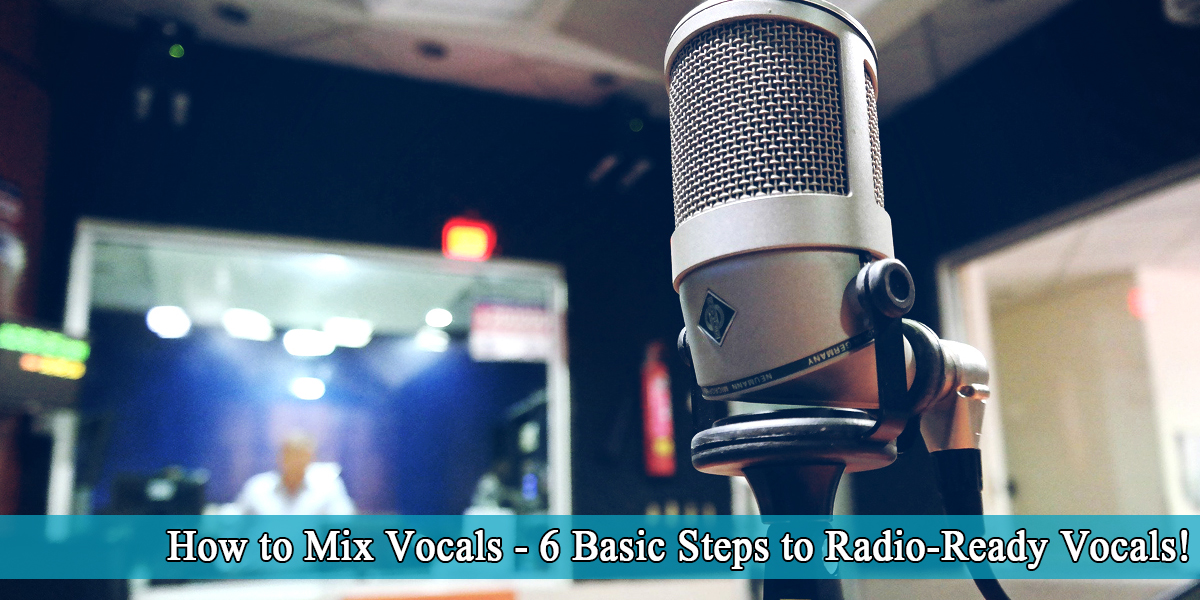How to Make Your Own Beat
Introduction
So, you want to start making your own beats and you’re wondering what music production gear you should get, along with the best software for beat making? Creating your own beats can actually be pretty easy if you have the right guide in front of you.
No worries. Not only does a professional studio setup now cost a fraction of what it used to, but today’s gear can do so much more—and it’s way more versatile, too.
When I first got into music, I couldn’t afford to spend hundreds of dollars on a synthesizer and a sequencer. But now? You can make songs with impressive quality for less than a thousand dollars. And if you only have a few hundred to spend, you can still set up a basic studio that includes some of the best beat-making software out there, which even comes with amazing sound samples.
So, choosing the right gear and software for making beats is the first important decision you’ll need to make if you want to create your own music. That’s why I thought it would be helpful to list out the things you need (and might want) to invest in if you’re serious about making music.
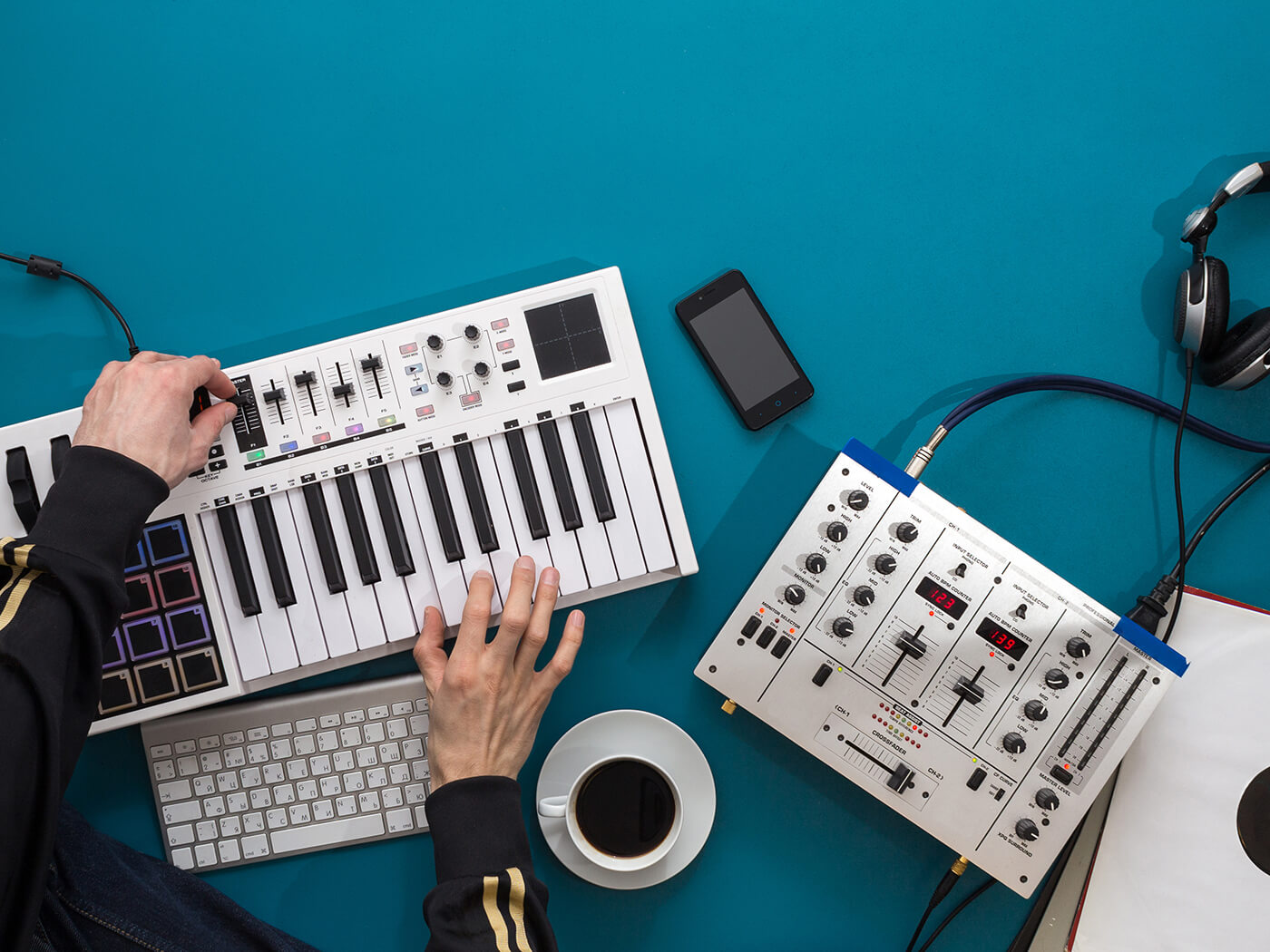
5 Things You Need to Begin Making Beats
Don’t get discouraged by all the flashy tools you see celebrity beatmakers and superstar producers using. They didn’t start out with all that fancy equipment. How you make your own beats comes down to your natural talent and the quality you bring to the table. All those extra gadgets just help out along the way.
Honestly, you might be surprised to learn that the gear they started with was way worse than what you probably already own.
So stop thinking you need a MacBook Pro with an i7 processor. That 64-bit Windows PC you have is more than good enough.
And while colorful lights and fancy trims might look cool, don’t let the experience of using flashy gear distract you from what really matters—the quality of your final product.
Alright, enough talk. Let’s get to the main point:
1. The Computer
You might be wondering how you can build a decent PC with just a $300 budget.
The idea is that you probably already have a computer you’re using.
Whatever you currently have—whether it’s a PC, Mac, or any decent Windows desktop—will work just fine.
If you do have the budget to invest in a new computer, consider choosing one with a larger screen. Using beat-making software on a small display can get uncomfortable.
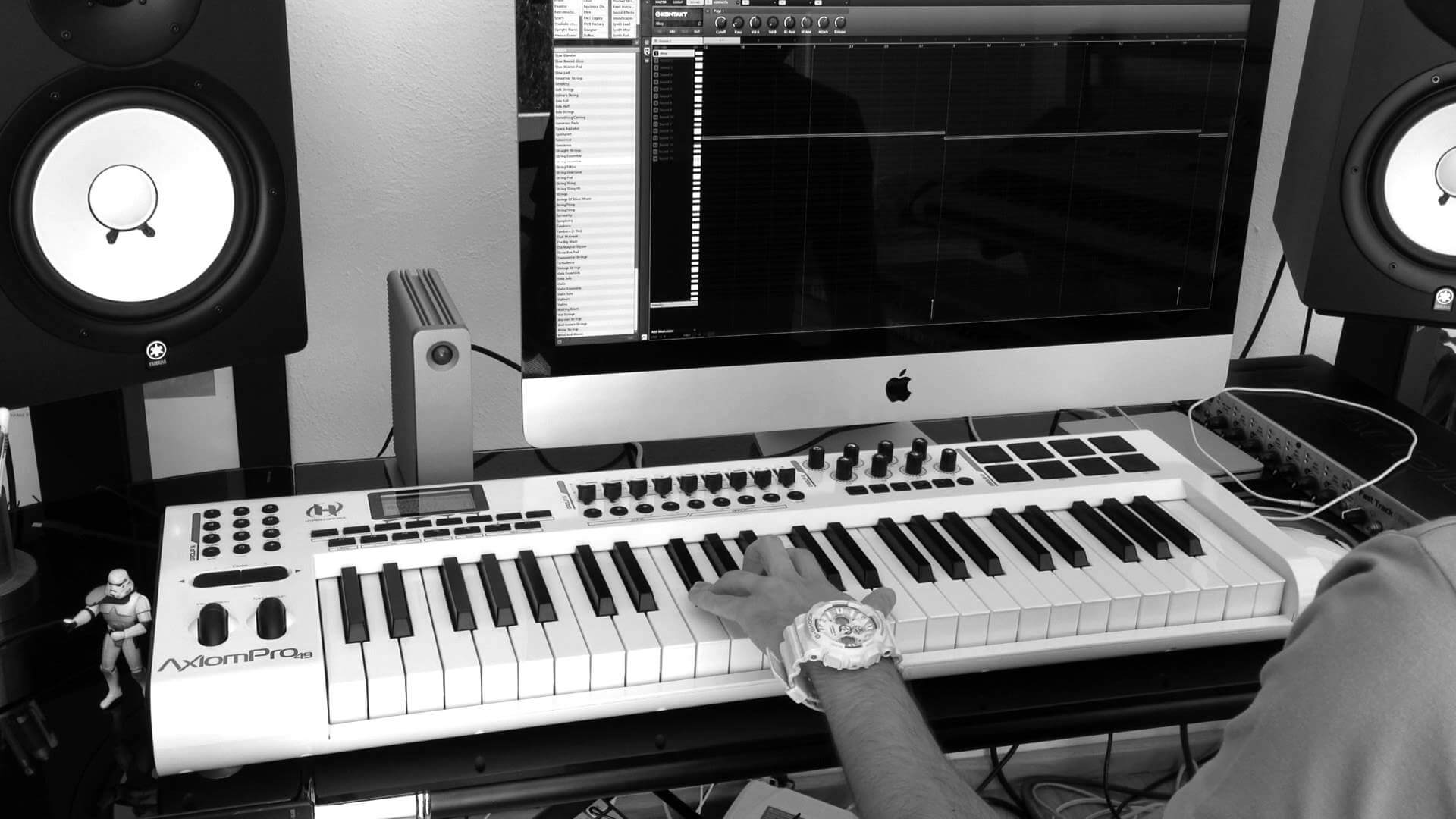
2. The Beat Making Software program: DAW (digital audio workstation)
A great way to think about your DAW is to imagine it as a digital desk with all the tools you need to make beats.
It has instruments and options for recording vocals and instruments, as well as features for monitoring, mixing, and all the other tools you use to control your sounds.
With a DAW, you get all the power of an analog studio setup, plus more.
Because it’s digital, your DAW lives on your laptop, and even your phone, making it incredibly portable.
You can also undo actions, which lets you bring back work you might have accidentally deleted. There are easy ways to copy, cut, and paste, all of which save you a lot of time.
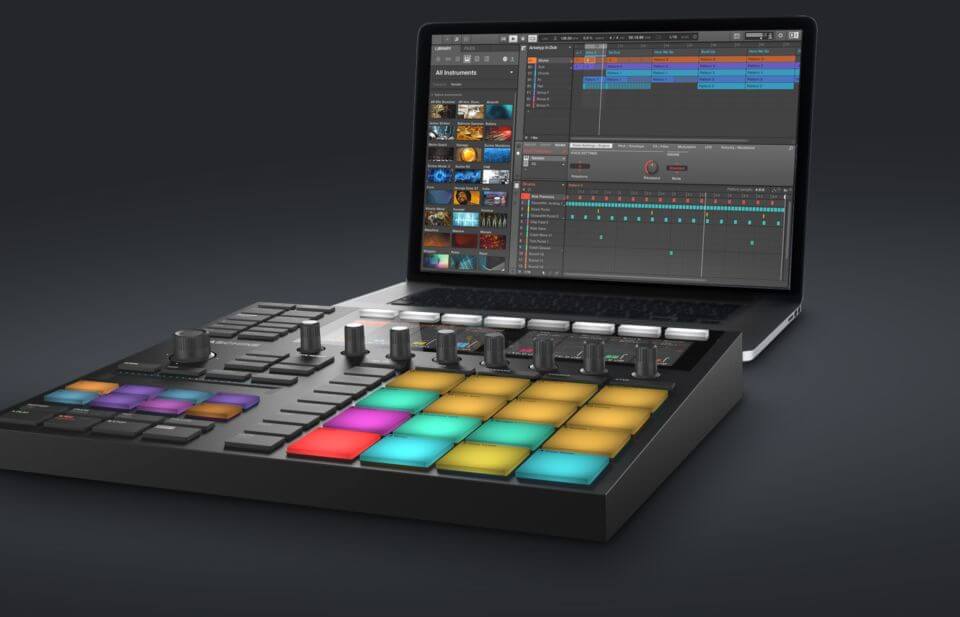
3. MIDI Keyboard (MIDI Controller)
A MIDI keyboard lets you control the virtual instruments in your DAW.
Designed to mimic a piano, a MIDI keyboard gives you the feel of playing a real instrument, even though it’s just a physical interface for the sounds in your DAW.
The keyboard itself doesn’t produce any sound. Instead, it sends signals from the keys you press to the software on your computer, which then plays the right instrument samples or sounds.
The realistic feel of a MIDI keyboard brings your beats to life as you create them.
With weighted and touch-sensitive keys, you’ll feel like you’re truly playing an actual instrument, not just a digital one.
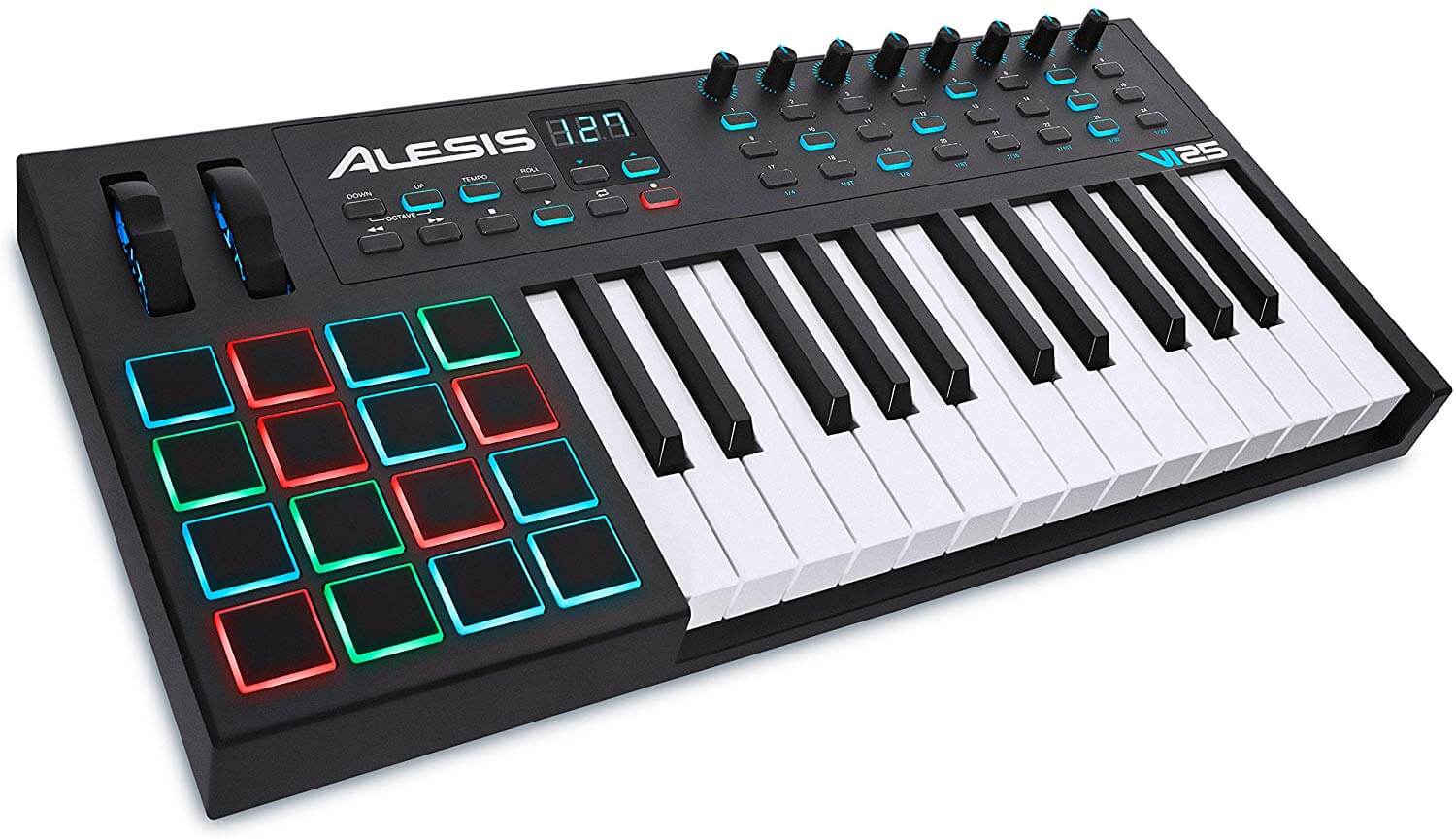
4. Audio Interface
Your audio interface is the device you use to control your audio input and output.
It’s essential if you plan on recording vocals or live instruments.
This small box is where all your work is transformed into the beats you hear. You connect your monitors and headphones in the back, and plug in your instruments and microphones in the front.
But perhaps the best feature of an audio interface is its ability to reduce sound latency—that annoying delay you often notice between audio input and output. It uses a sound card to ensure a flatter, more consistent sound.
This means you don’t need to buy a separate sound card for your computer to do the same job. Having an audio interface is important at any stage of production. It will make creating your own beats much easier and help you achieve the best possible sound quality.
5. Studio Headphones
Finally, you’ll need a reliable way to listen to your beats.
For this, a pair of high-quality studio headphones is absolutely essential.
Considering all the time, effort, and money you’ve already invested, you definitely don’t want to ruin things by settling for cheap headphones.
Your headphones should deliver crisp, clear sound without any distortion or coloring.
Or
Studio Monitors
If you’re on a budget, you can hold off on studio monitors for now—studio headphones will work just fine at this stage.
As you may have noticed, we’ve focused so far on a completely portable studio setup.
But as you advance and maybe start producing beats professionally, you’ll eventually want to invest in a solid pair of high-quality studio monitors or speakers.
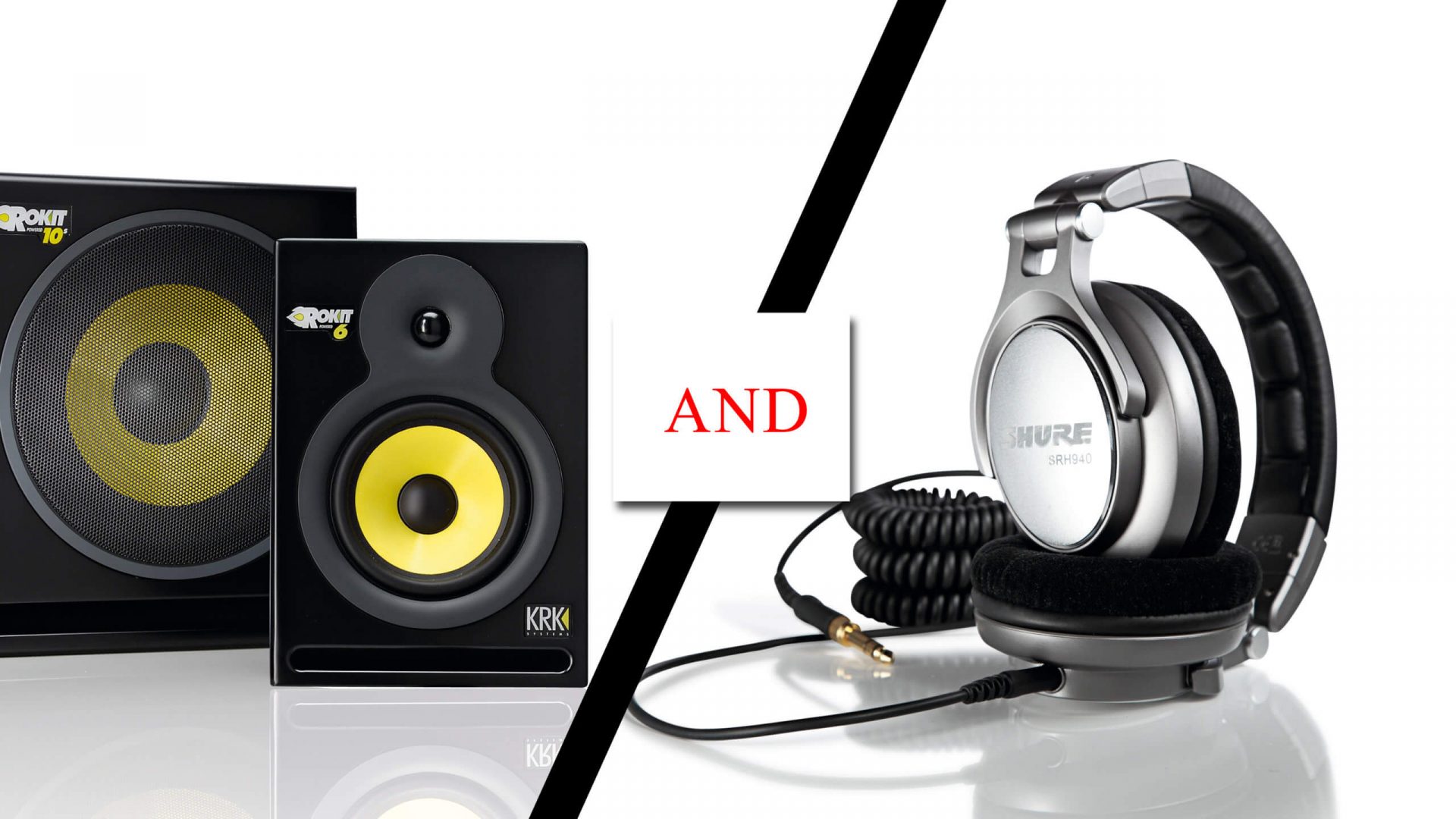
Make a number of beats
There really isn’t a shortcut to learning how to make your own beats—the best way to learn is simply by making beats!
Through repetition and trial and error, you’ll not only discover rhythms that work, but also develop your own style and taste. While there are plenty of standard techniques that people expect, a lot of beat-makers just follow these methods without adding anything new. Find a way to put your own spin on the usual grooves. Learning how to make your own beats is also a great way to grow as a producer and develop your own unique sound.
Making beats with your personal samples
Recording and composing with your own samples is another great way to gain a fresh perspective on beat-making. Instead of relying on sample packs or online databases, building a drum kit from scratch forces you to think carefully about each sound’s role in your track.
For example, a kick drum needs to have both a deep low-end thump and a punchy high-frequency attack. I’ve used everything from closing a door to slapping my office chair as the basis for a kick sample.
The beat I was working on in this case needed a somewhat industrial vibe. So, I recorded myself hitting a metal trash can with a pencil to use as a hi-hat.
Instead of thinking, “These are the samples I have, so this is the beat I can make,” I had the freedom to imagine the beat first, then find objects that could bring that vision to life.
I found this approach far less restrictive than just throwing a beat together. It pushed me to really understand what I was doing, rather than falling back on old habits or patterns. This is the essence of making your own beats without depending on someone else’s work.
Conclusion
Whether you want to make beats as a career, as a hobby, or just to improve your production skills, the process can be simple and accessible to anyone. By understanding current trends and having a plan to build your skills, beat-making can help you grow into a better producer, composer, and musician.


